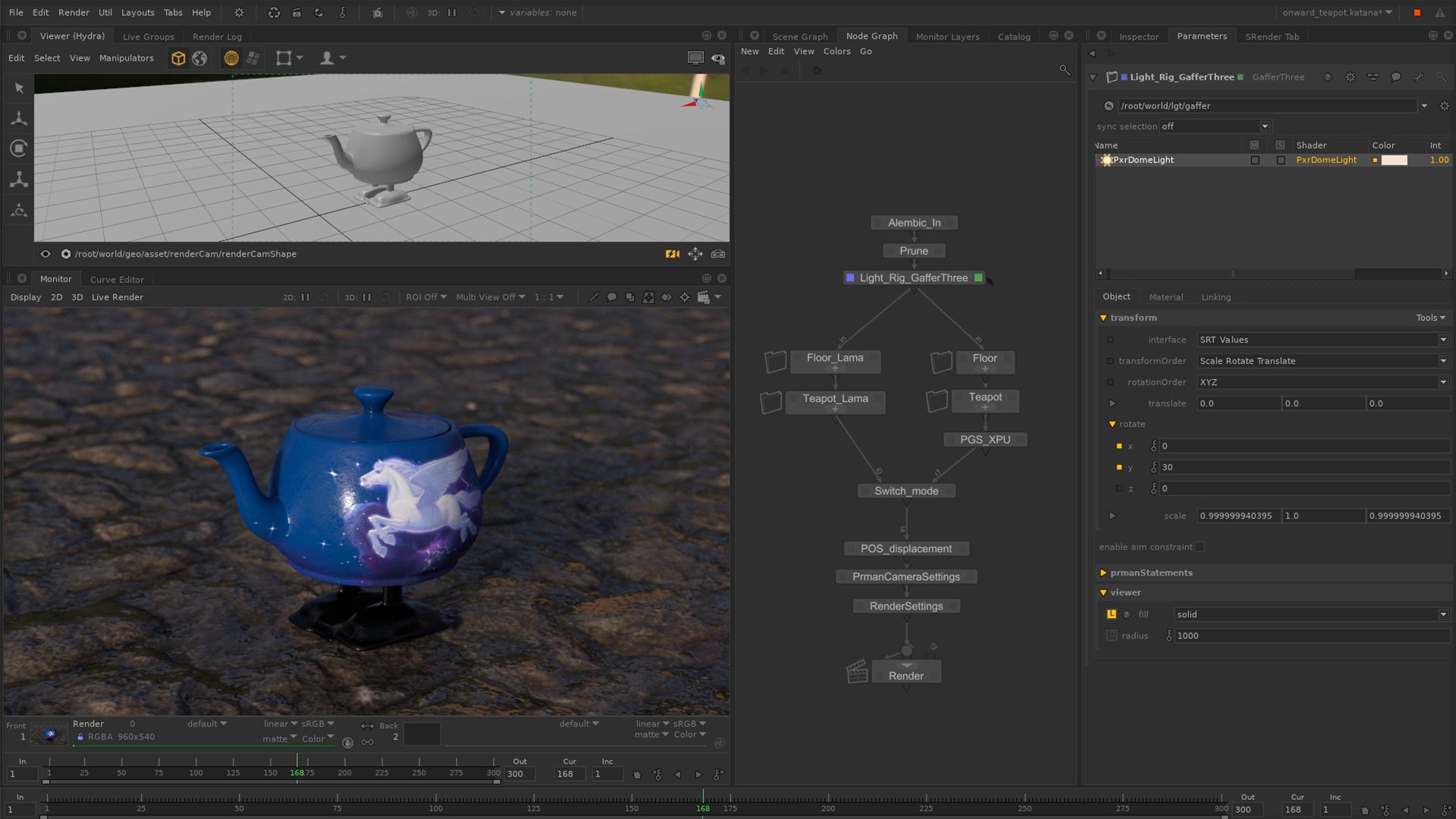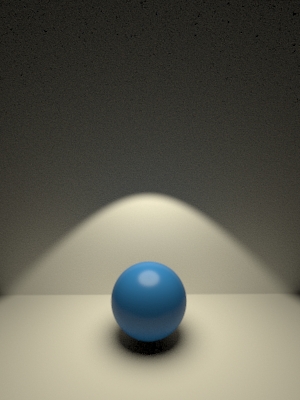

I had used MR materials for all of the glass, the silky fabric, highly reflective metals and two or three surfaces that required sub surface scattering. The file nodes and other hypershade nodes stayed intact, for the most part.Ĭonverting the more complex Mental Ray shaders was the meat of the project. It was fairly easily to do within Maya by simply changing the type to "Blinn" and adjusting a few settings. Malcolm sat down and wrote a python script which is included at the bottom of the page.īecause Renderman does't support the Phong shading model within Maya, these shaders had to be converted to something like Blinn. This could have been done by using txmake, but for 66 separate images, an automatic scripted approach is preferable. The first step was creating TEX files from the PNG file textures I had created several months ago. After removing effects such as the Mental Ray camera lens shader and switching off the Mental Ray area light shapes, I got an image where all of the Mental Ray materials appeared black and all of the Phongs were gray-shaded. I began by simply switching the renderer to Renderman and hitting the render button. Will post some screenshots with my setup.This animated GIF shows the progression from the first image out of Renderman to the final. And if you need to tweak the individual rotation of the sun/distant light you can still do that if you need to re-align it at all by selecting it and rotating it. Now when I rotated the sphere everything rotates together. Then to parent the sun/distant light to the same control so they rotate together, I just selected the distant light and then went to the object properties tab(orange box) and under the “Relations” drop down I parented it to the same “worldLighting_cntrl”. Also made sure to name it properly in the outliner and turned on it’s “name” display in the object properties tab(orange box) so it’s clear what it is in the viewport.

Then I set the render stats accordingly so it wouldn’t show in renders or be distracting in the viewport. To resolve this I ditched the empty technique and parented it to a UV Sphere instead and scaled it up(you can parent it to any object really, a cube may have been better to be honest because it may be less distracting).
#Renderman environment light how to#
There’s a tutorial I found on YouTube that shows how to do this, at least how to parent the world to an empty, but when I tried this for some reason everything went yellow and the HDRI disappeared in the viewport render mode(or just looked super stretched). However parenting the world to an empty object is from what I’ve found the best way to be able to rotate the world along with a distant/sun light. There’s a few ways to rotate an HDRI/world by itself that work fine(item tab in the ‘n’ menu and use the rotation values or a mapping node with a texture coordinate node) will post a link to tutorials on how to do that here.

In Maya I would just parent the two lights(dome and distant) to a curve control or even just put them in a group and rotate the group, but since the world light in Blender is separate from the rest of the light objects it’s a bit more complicated. Just gonna give a quick run down here of how to rotate an HDRI/world light - along with a distant light so the shadows stay lined up.


 0 kommentar(er)
0 kommentar(er)
